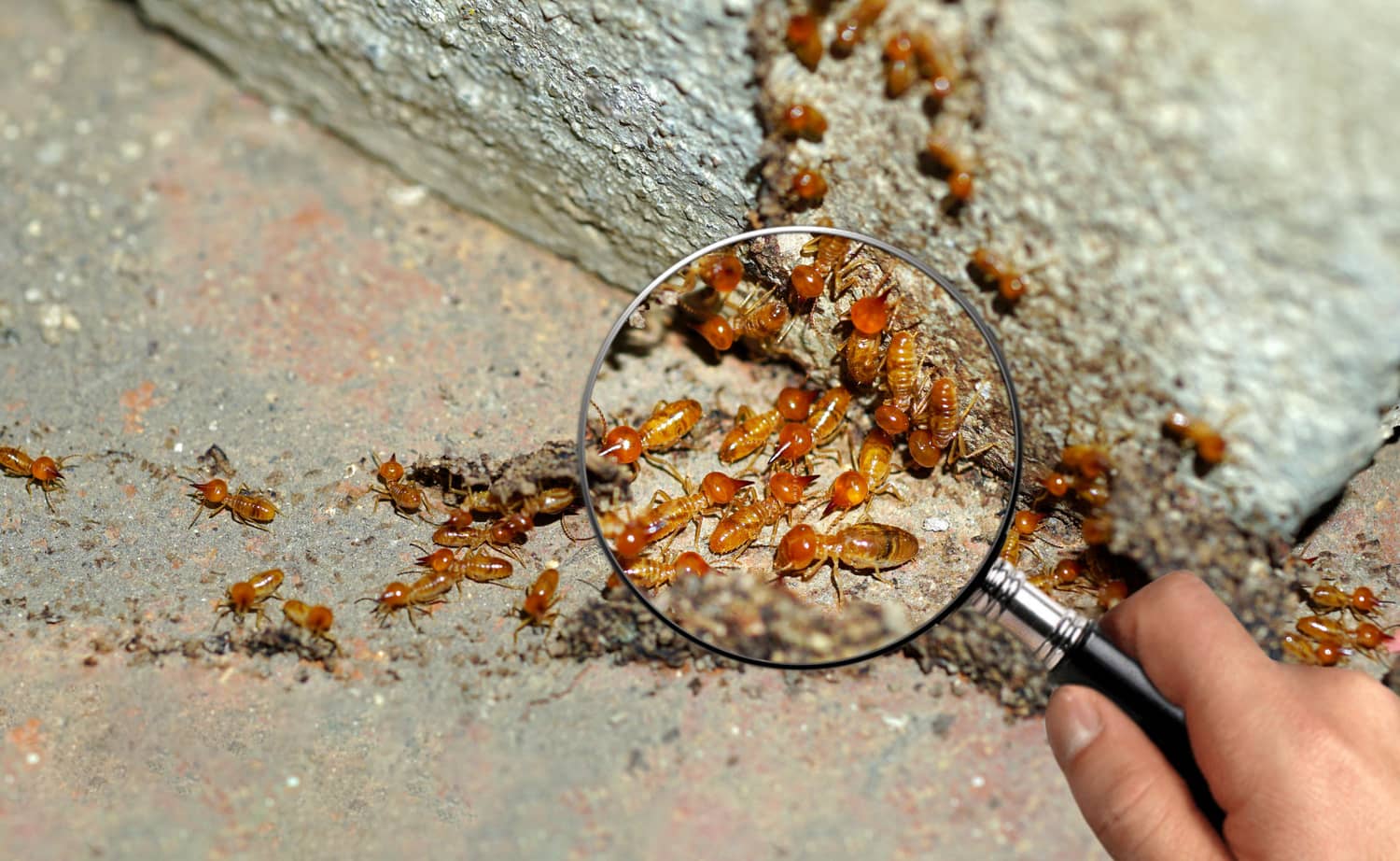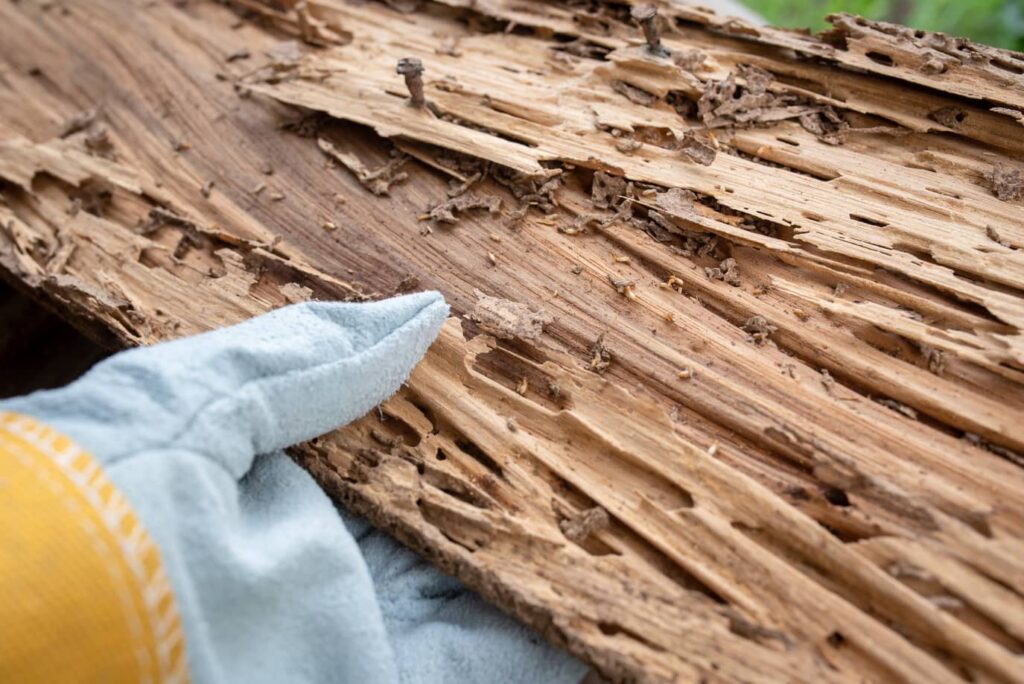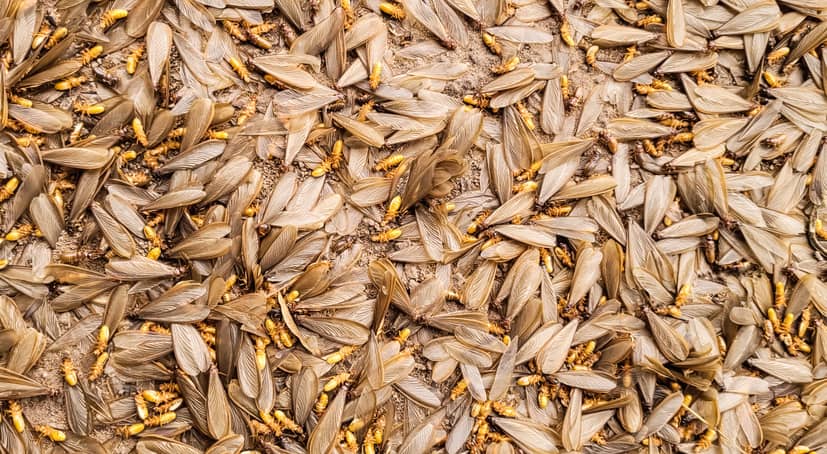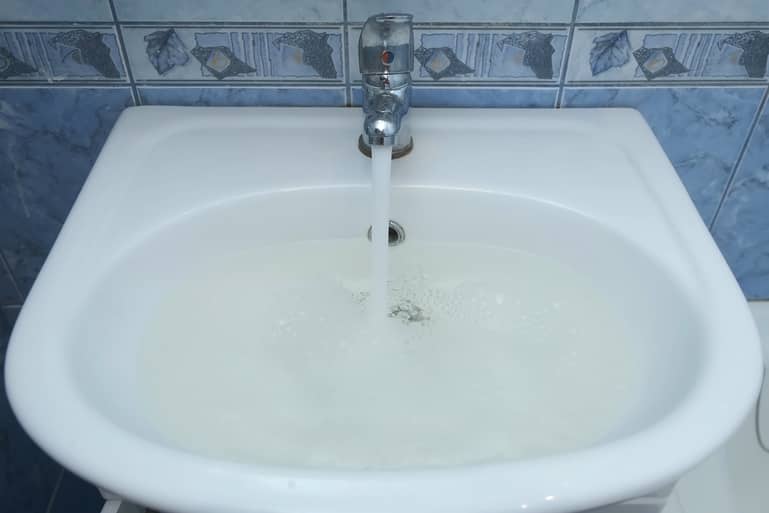
Termites can destroy a home very quickly. You may have the most kept yard in a fancy neighborhood, but that still won’t keep termites away. Also, it doesn’t matter where you live in the United States, you can have termites so t is important to protect your investment. Where do termites come from? They come from the ground as this is where they live and move around and also build their mud tubes and colonies. Additionally, this is where the Queen is.
Let’s take a look at where termites come from because knowing this can help you get rid of them.

Types of Termites
There are a few types of termites and we will take a look at them.
Dampwood
Dampwood termites love homes that have a lot of moisture, high humidity, and leaks. They also love to hang out in trees that are rotting and wet. Additionally, they like tree stumps due to decaying wood. Keeping these types of trees away from your home is a good idea.
Drywood
Drywood termites are the opposite of damp wood in that they like dry areas. They love large old trees, as well as woodshops, forests, and dry wood areas.
Subterranean
Subterranean termites like the same environments as damp wood termites and access homes and buildings by way of mud tunnels. The Eastern Subterranean termite is the most common in the United States and doesn’t care where you live. You can have termite damage if you don’t stop them in their tracks in time.

Termites Like Warm Temperatures
Termite swarmers are winged termites that come out of their winter nests to find a mate. After they mate, their wings break off and they find a nest. Then, the queen starts to produce eggs in the nest, and the colony begins. Early summer in June will see most of the termite colonies starting to grow.
What Causes Termites
Termites are drawn to a home or business because of a few things.
- Food sources- this pest loves wood and cellulose material. Some of this material is seen in paper and lumber and they also love firewood and framing.
- Shelter – somewhere that is dark, wet, and warm is what a termite prefers. These are usually garages, attics, or crawl spaces in homes or businesses.
- Water – moist soil is a favorite of this pest. Gutters or downspouts that are missing from a yard or don’t drain water properly could make your yard a place that termites love. You don’t want this.
Signs of Termite Infestation
Keep an eye out for these signs and it can help you notice the termite problem before it becomes an infestation.
- Piles of Pellets – waste from a termite looks like sawdust, salt, and pepper
- Damage to the Floor – when you have a termite infestation, they will add extra moisture to the floor, thus causing the floors to warp and buckle. If you have laminate, it can start peeling. Also, if you have tile, it can become loose.
- Patterns in wood – if you see maze-like patterns in wood floors, floorboards, or wooden furniture, you may have termites.
- Wings – discarded wings from termites are a sign of termite activity or possible infestation. These wings come from swarmer termites after mating.

How to Prevent Termites
The good news is that there are ways to prevent termites. Let’s take a look.
- Plumbing issues – take care of these right away and keep the moisture out. Termites like standing water as well as leaks in the home because of the damp spots that are created.
- Use treated wood – wood that is varnished or painted is less appealing to bugs.
- Clean home – make sure to keep your home clean, including dark areas of the house. You don’t want to give the termites a place to hide.
- Wood Piles – keep wood piles far away from the home so you don’t attract termites to the home.
- Termite inspections – schedule these annually to make sure you don’t have any termites.
How Much Does It Cost
Termite pest control is something you should plan to do. The first termite inspection of the home can cost about $150. Some companies will deduct this cost if you sign a contract with them. Termite pest control averages between $560 and $900, depending on the size of the home. Also, many companies charge by the linear foot, $3 to $16.
Recommended Maintenance
Now that you know about termites and where they come from, take a look at a few areas of maintenance.
One of those areas is to be able to know the signs of a pest infestation. Those are noticing pest droppings, anthills in the yard, damage to plants, and signs of nesting. It is important to take care of this right away or contact a professional.
Another area is keeping an eye out for rat nests. Some easy ways to know if you have a rat’s nest are by the smell of ammonia in the home, access holes, noises in the walls, and wall markings.
Lastly, many people don’t know that a termite inspection should be done at least once a year. If not, there could be problems. However, keeping an eye on mud tubes, wings, excrement, damaged wood, or bubbling paint will give you a clue that there are issues.
When to Contact a Professional
Contact a professional if you see termites or termite activity. It is always good to use a professional to take care of any potential issues and to make sure your house is safe. This is also the same if it is a commercial property as you want to keep this nuisance destroyer out.
Conclusion
Keeping termites out of the home is key as they are wood-destroying organisms. They can be destructive quickly so having termite pest control is essential. If you want to try to keep termites away, fix plumbing issues, use treated wood, keep wood piles away from the home and keep up with the pest service. Don’t be afraid to call on All South Pest Control who will be able to determine your termite service needs and offer the best preventative maintenance for future pest issues in McDonough, GA, and the surrounding areas.

Recent Comments